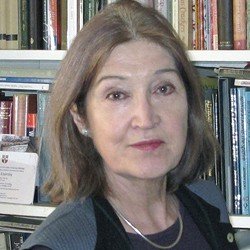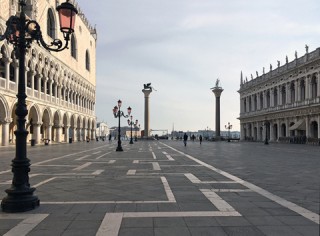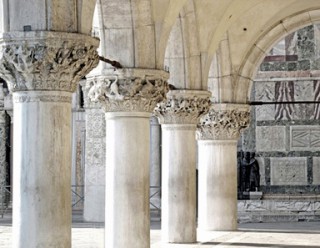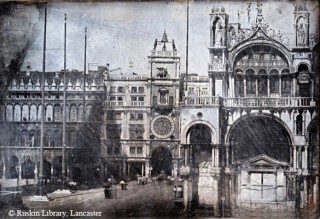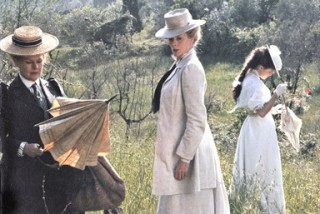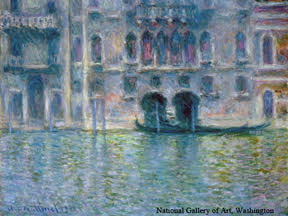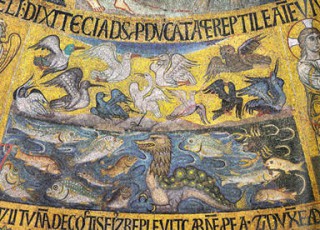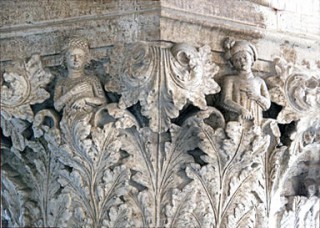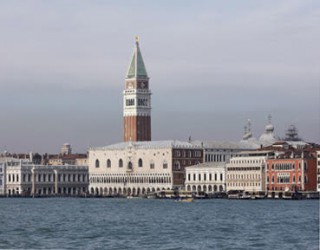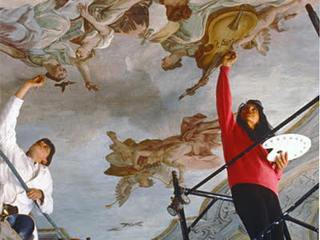About me...
I am a freelance photographer, author and lecturer, and have worked between London and Venice for many years to create a photographic archive of Venetian art, architecture and daily life. During the 1980s I worked in the British film industry as the stills photographer on a number of feature films, including Wagner, Nineteen Eighty-Four, White Mischief, and A Room with a View. My illustrated book Ruskin’s Venice: the Stones Revisited was published in 2000, followed in 2015 by a new and extended edition, which has recently been translated into Italian.
The lectures that I give in the UK and in Italy are mainly on Venetian subjects; on John Ruskin’s work in Venice, and on film and photography. Talks are given for various arts societies, museums and organisations, including the Ashmolean Museum, Oxford; the British-Italian Society, London; the British Institute, Florence; the National Gallery, London; the Royal Collection; the Victoria & Albert Museum, and the Wallace Collection, London. I am a trustee of the Venice in Peril Fund, the British Committee for the Preservation of Venice.
About my Talks...
All talks are fully illustrated with images on PowerPoint, and usually last 50 minutes, to allow time for questions. Longer lectures can be given if an interval is needed. A projector, screen and lectern are requested, and a laptop can be brought, if necessary. The PowerPoint presentation is supplied on a memory stick, and can also be emailed in advance of the lecture.
Fee:
The starting figure is £200, plus travel expenses, which may involve train fares if travelling out of London. I am ready to travel anywhere within the UK or Europe, and will lecture at short notice where possible.

